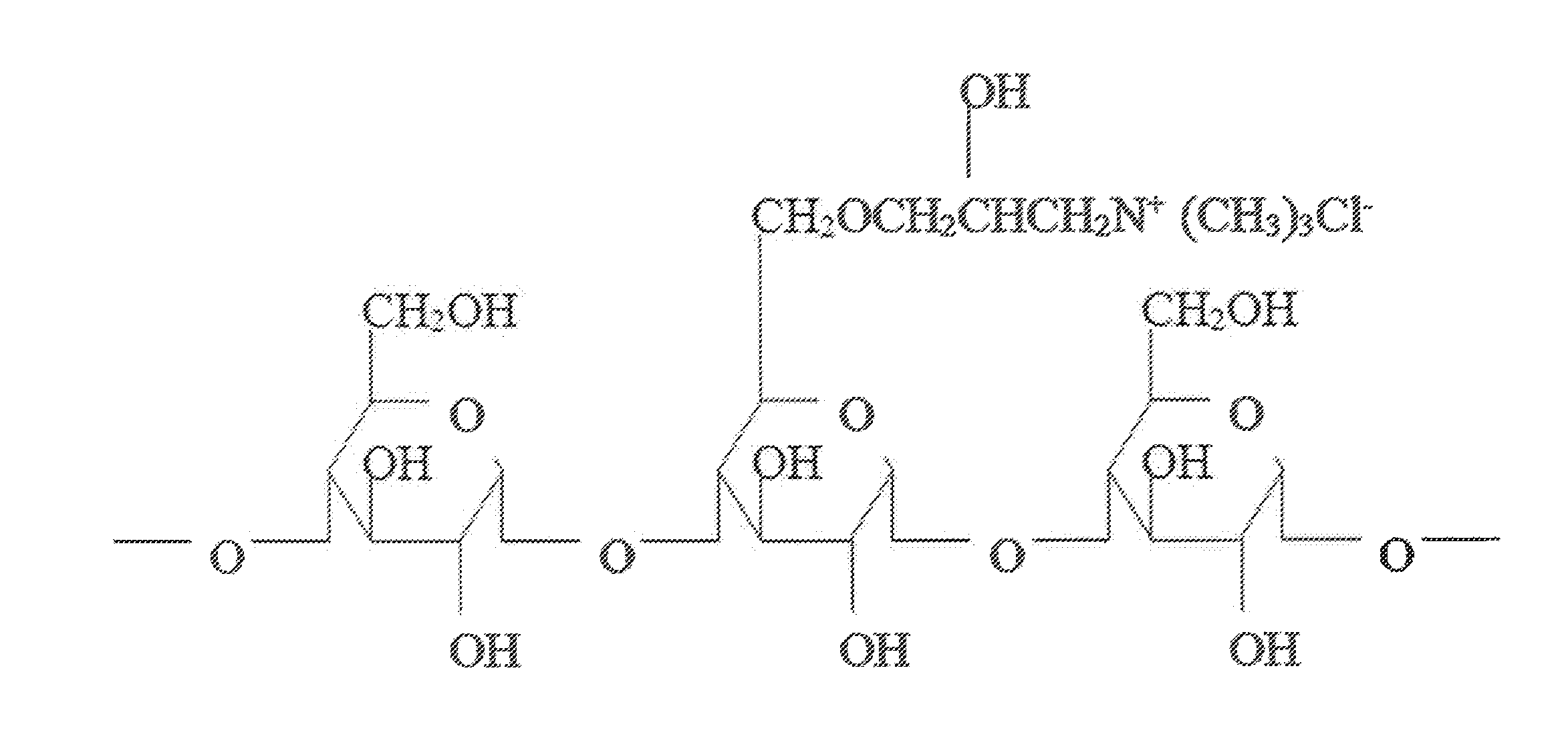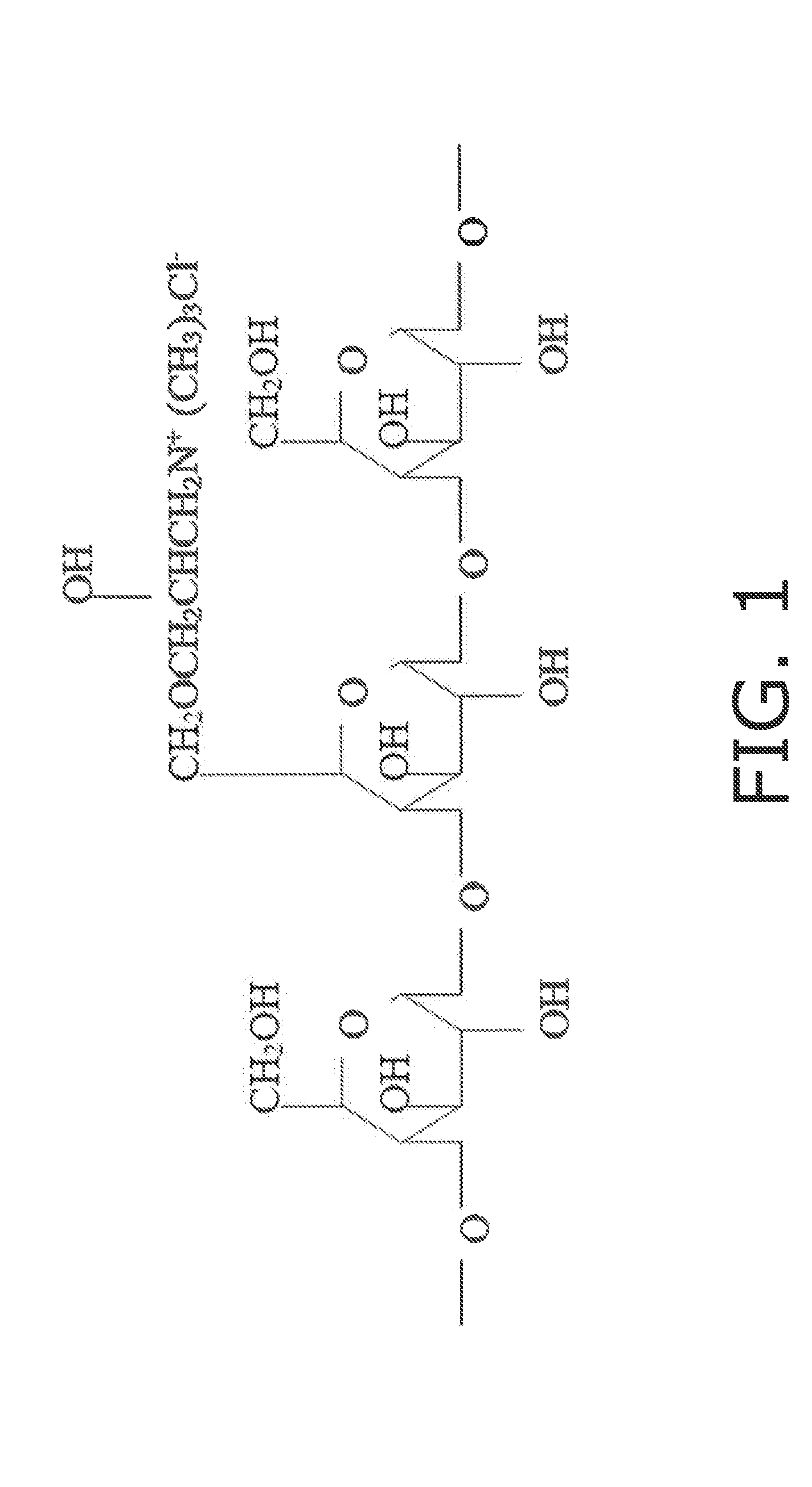Composition and processfor removing impurities from a circulating water system
a technology of circulating water and impurities, applied in the direction of separation process, cleaning using liquids, treatment involving filtration, etc., can solve the problems of reducing booth efficiency, significantly increasing operating costs, and being much more difficult to separate from water, so as to achieve effective
- Summary
- Abstract
- Description
- Claims
- Application Information
AI Technical Summary
Benefits of technology
Problems solved by technology
Method used
Image
Examples
example 1
[0045]This example demonstrates the effectiveness of the instant invention with a composition prepared as described previously as Treatment “A”.
SludgeWater clarityPaintTackSmearAppearance(ntu)SB BlendNoneNoneFluffyGood 4.7WB BlendNoneNoneFluffyGood 6.8
example 2
[0046]The subsequent examples demonstrate the importance of each of the components in the performance of the instant invention. In example 2, the polymeric component has been removed leaving only the cationic starch and the aluminum chlorohydrate (ACE). (In this and all subsequent examples the amounts of the remaining chemistry was increased to maintain an equal active solids for all tests.)
SludgeWater clarityPaintTackSmearAppearance(ntu)SB BlendPoor v. stickyPoor smearyWet stickyPoor 105WB blendNonesomeNot cohesivePoor 112
example 3
[0047]In example 3, the cationic starch component has been removed leaving only the polymer and aluminum chlorohydrate (ACC).
SludgeWater clarityPaintTackSmearAppearance(ntu)SB BlendPoor stringyPoor SmearyGooey blobsPoor 89WB BlendNoneSlightWet v. fineFair 51
PUM
| Property | Measurement | Unit |
|---|---|---|
| molecular weight | aaaaa | aaaaa |
| composition | aaaaa | aaaaa |
| amphoteric | aaaaa | aaaaa |
Abstract
Description
Claims
Application Information
 Login to View More
Login to View More - R&D
- Intellectual Property
- Life Sciences
- Materials
- Tech Scout
- Unparalleled Data Quality
- Higher Quality Content
- 60% Fewer Hallucinations
Browse by: Latest US Patents, China's latest patents, Technical Efficacy Thesaurus, Application Domain, Technology Topic, Popular Technical Reports.
© 2025 PatSnap. All rights reserved.Legal|Privacy policy|Modern Slavery Act Transparency Statement|Sitemap|About US| Contact US: help@patsnap.com


